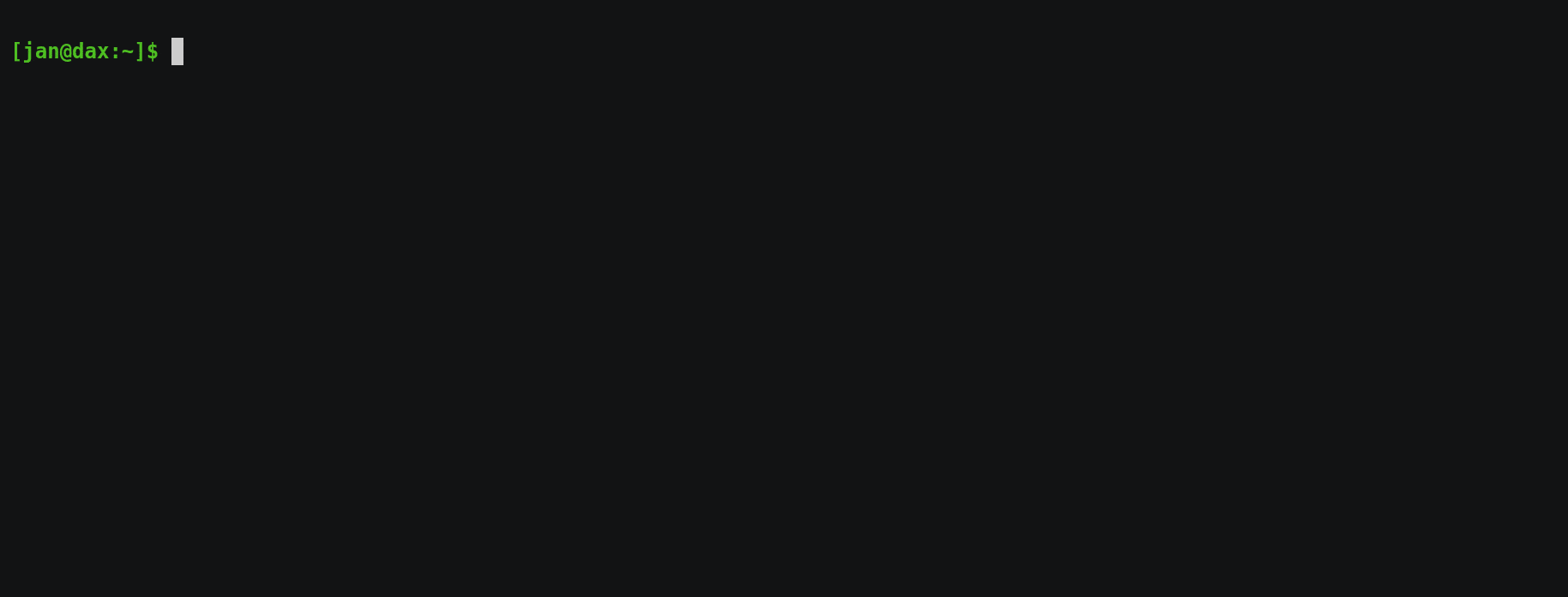Roadie
Roadie facilitates an atomic swap between two parties that would like to
exchange siacoins for ether. Roadie was created to help set the stage for
Sia.
 (The screencast has been sped up and edited for clarity.)
(The screencast has been sped up and edited for clarity.)
How It Works
Alice has ether on the Ethereum blockchain and would like to trade with Bob, who
has siacoins on the Sia blockchain. Bob is running a server, which he has
registered with the roadie smart contract on Ethereum. Alice looks up the
address of Bob's server and connects to it with a request detailing how many
siacoins she would like to buy. She receives an offer and decides to accept it.
Sia uses Schnorr signatures, which have the nice property that they support
"native multisig".
This means that Alice and Bob can each create a fresh public/private key pair
and combine the public keys to create a 2-of-2 multisig Sia address. (Sia also
has built-in support for multisig, but this feature is not used here.) Bob
transfers siacoins to this address, but not before creating a refund transaction
and having it signed by Alice. This refund transaction will transfer all
siacoins back to Bob, but is timelocked and can only be used in the near future.
Should anything go wrong with the atomic swap, Bob can simply wait and then
publish the refund transaction.
The atomic swap itself makes uses of an "adaptor" signature scheme (as described
in "Flipping the scriptless script on
Schnorr").
Bob prepares a transaction which moves all siacoins from the 2-of-2 address to
Alice. But instead of signing and publishing it in the regular way - which would
allow Alice to just take the coins - he instead creates an adaptor
public/private key pair and publishes an adaptor signature for the payout
transaction. Alice cannot use this signature directly, but she can verify that
if she were to learn the adaptor secret, she would be able to claim the coins.
Alice now locks up her ether in the roadie smart contract, where it can be
released only under one of two conditions. The first is a timelock again - if
anything goes wrong, Alice can simply wait and then reclaim her ether. The
second condition is for Bob to reveal the adaptor secret and receive the
payment.
Bob now sends the adaptor secret to the smart contract. The smart contract
checks that it is indeed the correct secret (using
ed25519-solidity, an implemention
of the necessary elliptic curve math in Solidity to check that the adaptor
secret matches the adaptor public key) and releases the ether payment to Bob.
Alice uses the adaptor secret to build a valid payout transaction and claims the
siacoins from the 2-of-2 multisig. The atomic swap is complete.
Installation
Roadie needs a Sia node with an unlocked wallet
and an Ethereum node (for example geth).
Your distribution might have packages for this software. It is all written in
Go, so you can also use go get to install it. In this case the software will -
by default - be installed in ~/go/bin/, so make sure that this directory is on
your $PATH:
$ export PATH=$PATH:~/go/bin
Installing and running Sia:
$ go get -u gitlab.com/NebulousLabs/Sia/... # '...' is important
$ mkdir sia; cd sia
~/sia$ siad
~/sia$ siac wallet init
~/sia$ siac wallet unlock
Installing and running geth:
$ go get -u github.com/ethereum/go-ethereum/cmd/geth
$ geth --syncmode light
Installing roadie:
$ go get -u github.com/javgh/roadie/cmd/roadie
Usage
Roadie uses its own Ethereum wallet. After initialization, the wallet will be
stored in ~/.config/roadie/keystore with the password set to blank. If
necessary, it can also be read by geth and many other Ethereum wallets.
$ roadie init
Creating new Ethereum keystore ~/.config/roadie/keystore
Ethereum address: <new Ethereum address here>
Ethereum balance: 0.000000 ETH
Please deposit funds into the address listed above.
A minimum of 0.010000 ETH is needed to proceed.
After funding the wallet, you are ready to buy siacoins:
$ roadie buy 1
See roadie help for additional options. The command roadie serve is
currently for advanced users only. Not all aspects of running a server are
documented yet. It will also probably be necessary to implement a custom pricing
strategy - see FixedPremiumTrader in trader/trader.go for an example.
Sequence Diagram
Alice Bob
----- ---
register server on blockchain
request non-binding offer for X SC
send non-binding offer including:
message, availability, X ether, X anti-spam fee
decide on offer
pick fresh anti-spam id
make anti-spam payment to
hash(anti-spam id) and
wait for confirmations
request binding offer with
anti-spam id
verify anti-spam payment
lock in binding offer
if lock successful: remember anti-spam id
send binding offer including:
message, availability, X ether
decide on offer
accept offer and
send alicePubKey
build funding tx
build refund tx
with timelock 4 hours
send bobPubkey, fundingOutputID,
bobRefundUnlockHash, timelock,
bobRefundNoncePoint
check timelock
build refund tx
sign refund tx
send aliceRefundNoncePoint,
refundSigAlice
sign refund tx
verify refund tx
sign funding tx
broadcast funding tx
keep refund tx for potential rollback
send funding tx id
wait for funding tx id
verify funding tx
build claim tx
send aliceClaimUnlockHash,
aliceClaimNoncePoint
build claim tx
generate adaptor
adaptor sign claim tx
send bobClaimNoncePoint,
adaptorPubKey, adaptorSigBob,
depositRecipient
verify adaptor sig
deposit ether for adaptor
with timelock 2 hours
and burn anti-spam id
remember details for
potential rollback
wait for deposit tx
announce deposit
check deposit
claim deposit and publish adaptor
send ok
wait for adaptor
adaptor sign claim tx
combine sigs and adaptor
broadcast claim tx
Gas Cost
The smart contract unfortunately does require a fair amount of gas. Especially
performing the necessary elliptic curve math can use more than 1 000 000 gas in
some cases. It should be possible to optimize this further. Ethereum might add
additional precompiles for these kinds of operations or it might be possible to
port the optimized code at http://ed25519.cr.yp.to/
to Solidity.
Acknowledgments
This project makes heavy use of prior work done by the Hyperspace developers on
a manual atomic swap.